Table of Contents
The Political Landscape of Dehradun is a fascinating tapestry woven with a blend of rich history, contemporary governance, administrative prowess, and civic evolution. As the winter capital of Uttarakhand, Dehradun is not only a geographical gem nestled in the Himalayan foothills but also a political and administrative nucleus for the state. Understanding the Political Landscape of Dehradun offers insights into how power, governance, and civic infrastructure operate in one of India’s fastest-growing cities.
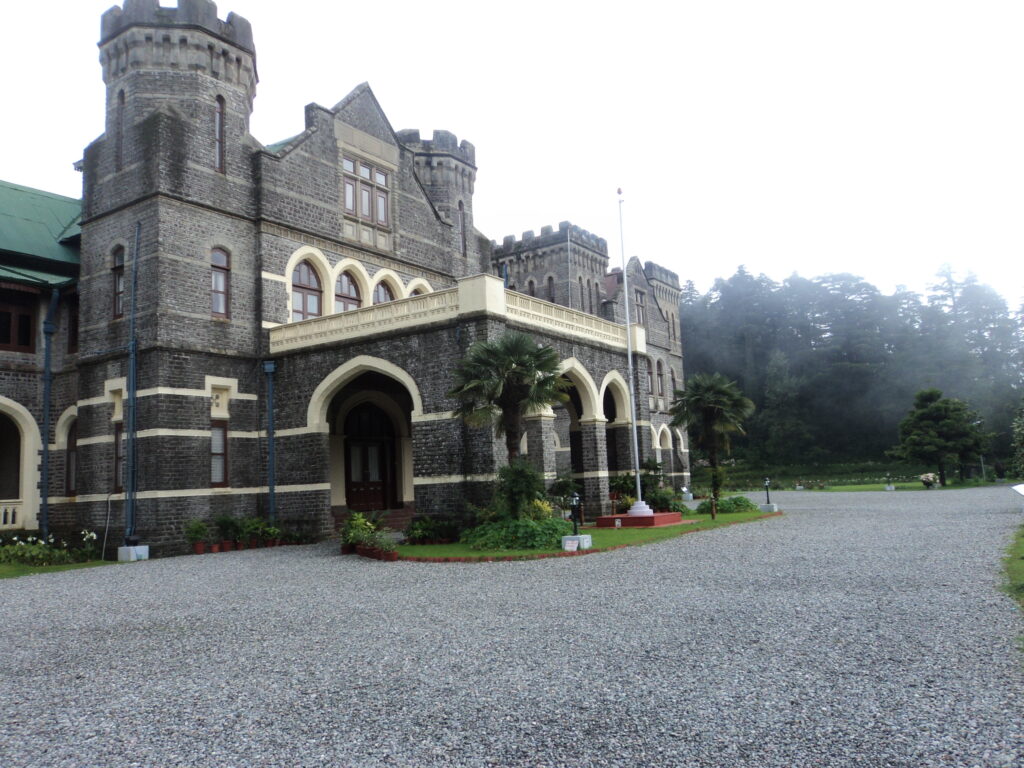
Dehradun: The Winter Capital and Administrative Hub
Situated in the Garhwal region, Dehradun is the most populous city of Uttarakhand. It has grown into a strategic and political powerhouse, especially after becoming the winter capital. The Political Landscape of Dehradun was reshaped when the Uttarakhand Legislative Assembly began conducting its winter sessions in the city, marking its importance in the legislative framework of the state. The city also hosts the Raj Bhavan, the official residence of the Governor, further enhancing its political significance.
Historical Evolution of Dehradun’s Political Structure
Before Uttarakhand was carved out of Uttar Pradesh in 2000, the Dehradun Legislative Assembly constituency functioned under the Uttar Pradesh Legislative Assembly from 1951 to 2000. Post-state formation, it became part of the Interim Uttarakhand Assembly (Antarim Uttarakhand Vidhan Sabha), a temporary law-making body comprising 30 members—22 MLAs and 8 MLCs. This interim structure paved the way for the first official Uttarakhand Assembly in 2002.

The transition from being part of a larger state to becoming a vital political center of a newly formed one is a key chapter in the Political Landscape of Dehradun. This evolution also brought an increased focus on localized governance, infrastructure development, and public participation.
Governance Through Dehradun Municipal Corporation
One of the most important pillars in the Political Landscape of Dehradun is the Dehradun Municipal Corporation (DMC). Previously known as the Dehradun Municipal Council until December 2003, it was revamped and upgraded to a corporation to better serve the city’s growing population and urban challenges.
The DMC governs through 100 wards, each represented by an elected corporator. The Mayor, elected directly by the people, presides over the corporation alongside a Deputy Mayor and 99 corporators. This structure ensures representation from all parts of the city, enhancing democratic participation. As of recent years, the municipal jurisdiction has expanded to 196.48 km2, incorporating 72 adjoining villages to accommodate the city’s rapid urbanization.
The Municipal Commissioner, currently Vinay Shankar Pandey, serves as the executive head and is supported by various departments such as public works, health, property tax, sanitation, and IT. The Political Landscape of Dehradun is heavily influenced by how efficiently these departments function and coordinate with state-level bodies.
Administrative Framework and State-Level Integration
Dehradun’s political landscape is not limited to local governance. As the headquarters of the Garhwal division, it is overseen by a Divisional Commissioner, a senior IAS officer. The District Magistrate (DM) and the Chief Development Officer (CDO) report to the Commissioner and manage different verticals of development and administration.
There are five Additional District Magistrates (ADMs) who manage:
- Finance and Revenue
- City Administration
- Rural Development
- Land Acquisition
- Civil Supply
This multi-layered governance structure is essential in shaping the Political Landscape of Dehradun, providing it with administrative depth and operational efficiency.
Representation in Legislative and Parliamentary Constituencies
The city holds significant weight in both state and national politics. Dehradun is represented in two Lok Sabha constituencies:
- Tehri Garhwal, represented by Mala Rajya Laxmi Shah (BJP)
- Garhwal, represented by Tirath Singh Rawat (BJP), elected in 2019
Additionally, the city is divided into four Vidhan Sabha (state assembly) constituencies based on the 2008 delimitation, each represented by an MLA. These political representatives play a crucial role in legislation, development projects, and voicing public issues in both state and national forums, reflecting the dynamic Political Landscape of Dehradun.
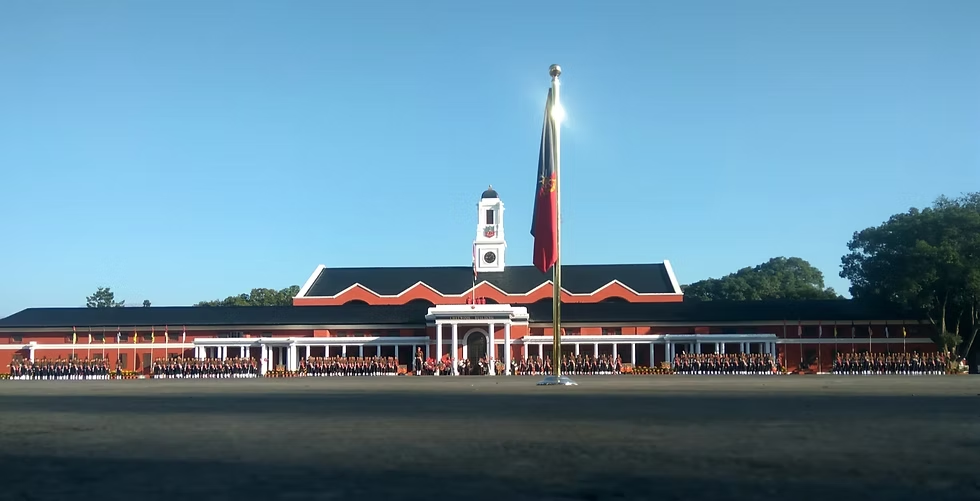
Civic Administration and Urban Development Bodies
Beyond the DMC, various parastatal organizations contribute to the city’s political and civic fabric. These include:
- Mussoorie Dehradun Development Authority (MDDA)
- Special Area Development Authority (SADA)
- Uttarakhand Jal Sansthan and Jal Nigam
These bodies collaborate with the municipal corporation to oversee civic infrastructure, sanitation, water supply, and urban planning. Their interplay with elected representatives shapes the real-time experience of governance and thus, the evolving Political Landscape of Dehradun.
As per the Annual Survey of India’s City-Systems (ASICS) 2017, Dehradun’s municipal corporation faces challenges in revenue generation and relies heavily on state government grants. This economic dependence impacts the efficiency and autonomy of local governance, a recurring theme in the Political Landscape of Dehradun.
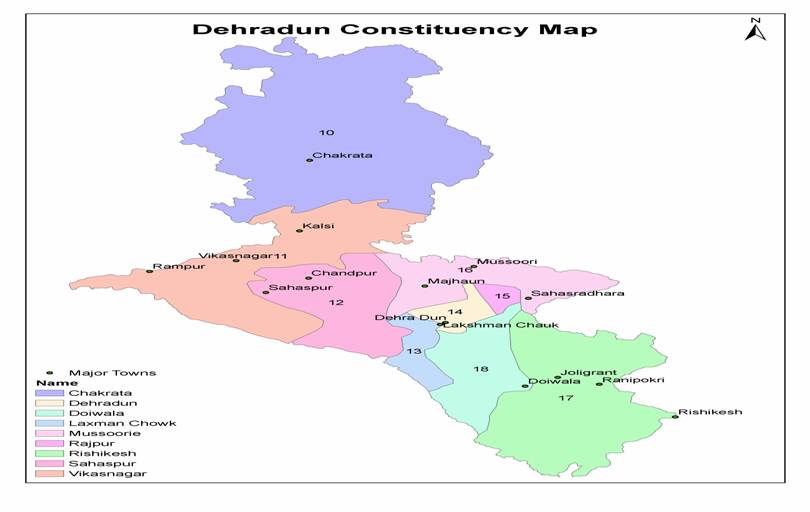
Role of Law Enforcement and Police Administration
Security and law enforcement are key aspects of governance. The Uttarakhand Police Headquarters is located in Dehradun, with a clear administrative hierarchy. The city police is led by the Senior Superintendent of Police (SSP) who doubles as the Deputy Inspector General (DIG) of Garhwal. Assisting him is the SP City, responsible for urban policing.
Furthermore, Dehradun falls under the Lucknow Zone of the Central Bureau of Investigation (CBI). The Assistant Commissioner of Police (ACB) Dehradun has jurisdiction over 13 districts in Uttarakhand. This robust policing infrastructure is vital to maintaining law and order, reinforcing the structured Political Landscape of Dehradun.
Dehradun as a Counter Magnet and Smart City
Dehradun is classified as one of the “Counter Magnets” of the National Capital Region (NCR)—strategic urban centers being developed to counteract the migration pressure on Delhi. This initiative also links with the Smart City Mission, under which Dehradun has been earmarked for modernization, digitization, and sustainable growth.
These developments indicate the future trajectory of the Political Landscape of Dehradun, where political planning intersects with technological and environmental concerns. The city’s smart infrastructure and digital governance efforts are setting a benchmark for other cities in the Himalayan belt.

Challenges and the Road Ahead
Despite being a capital city, Dehradun faces several political and administrative challenges:
- Urban sprawl and environmental degradation
- Limited local revenue generation
- Inefficiencies in inter-agency coordination
- Growing civic demands due to population explosion
To address these, there is a need for:
- Increased financial autonomy to DMC
- Better urban planning and execution
- Transparent public engagement in governance
- Strengthening inter-agency coordination
Final Thoughts: The Future of the Political Landscape of Dehradun
The Political Landscape of Dehradun is continuously evolving. From its humble beginnings as a municipal council to its current stature as the winter capital of Uttarakhand, Dehradun exemplifies how cities can grow politically, administratively, and economically.
As it strides toward becoming a model smart city, the effectiveness of its political machinery will be crucial. Policymakers, administrators, and citizens alike must collaborate to ensure that governance remains transparent, participatory, and sustainable.
Whether you’re a resident, a policymaker, or just a curious citizen, understanding the Political Landscape of Dehradun is essential for shaping its future. Let this be a call to remain informed, involved, and inspired by the democratic spirit of this vibrant Himalayan city.
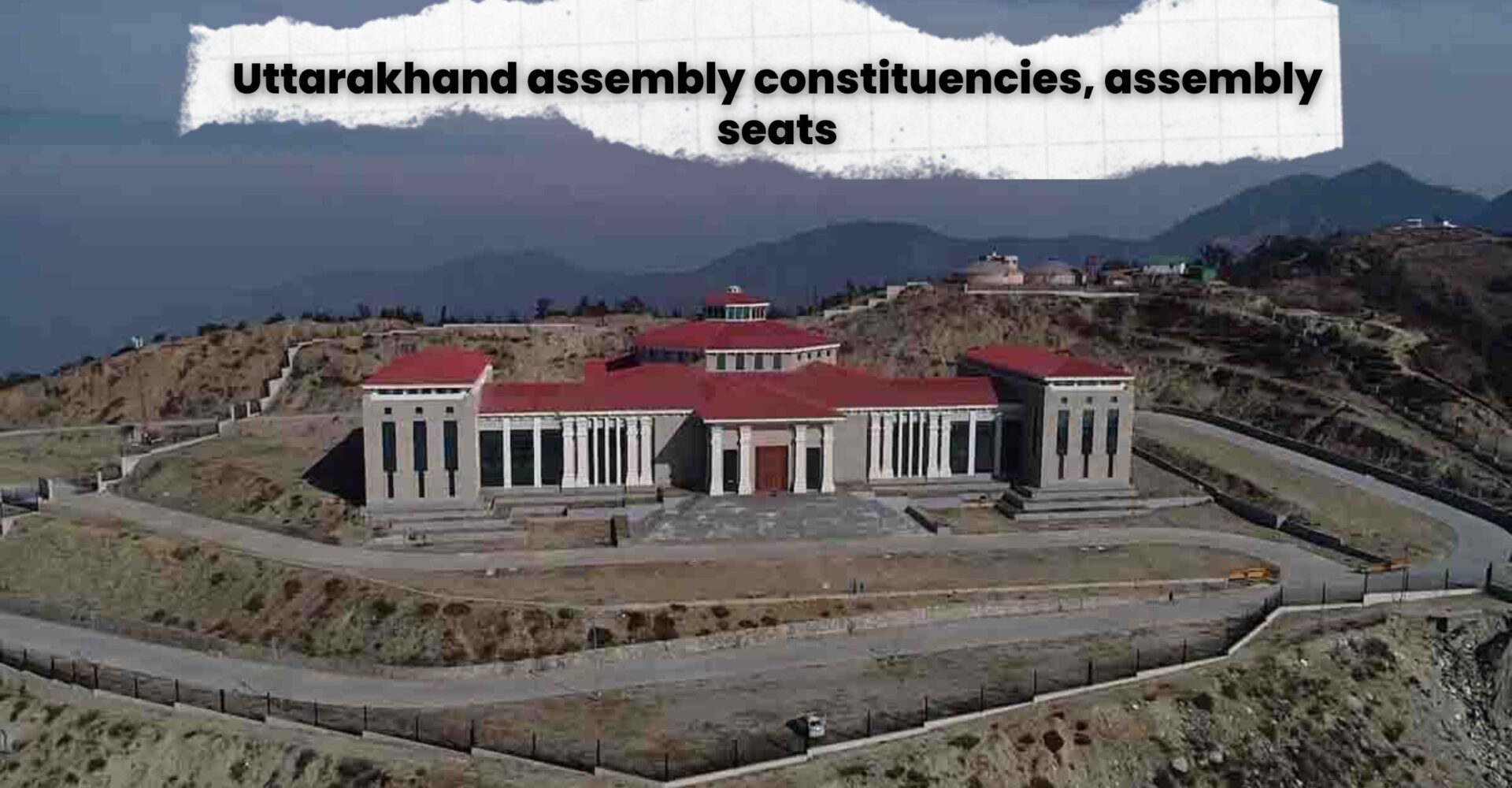

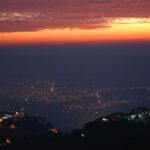
[…] Read more […]